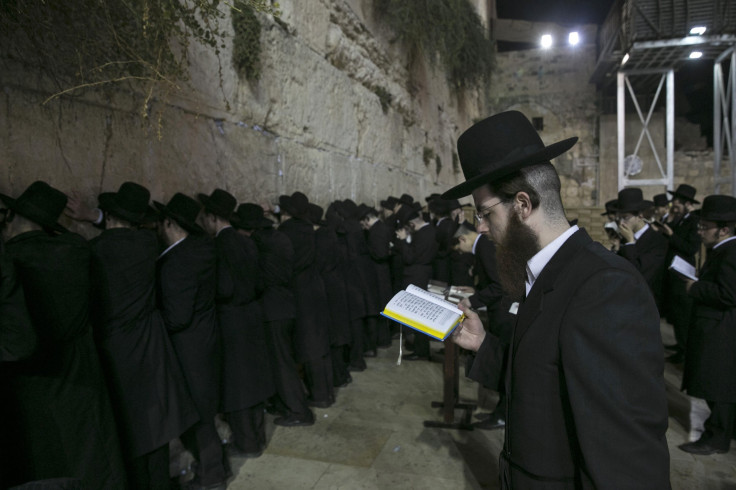When is Yom Kippur 2015? A Guide To The Jewish Day Of Atonement

Yom Kippur marks one of the most important days of the year in the Jewish faith. This year, the holiday begins at sundown on Sept. 22 and continues until the following day, Sept. 23, at nightfall.
In the Hebrew calendar, the holiday falls on the 10th of the month of Tishrei. Jews recognize Yom Kippur as the culmination of the 10 Days of Awe that began on the Jewish New Year, or Rosh Hashanah.
For Jews, the day is very solemn and known as the Day of Atonement -- a time to reflect on sins committed in the last year and repent. On Yom Kippur, Jews also take the time to mourn the losses of loved ones.
To observe the holiday, many Jews attend continuous services at synagogue to pray. It is customary to wear white since the color represents purity, and leather is not traditionally worn on Yom Kippur.
Charity is regarded as an important part of Yom Kippur. Donations or volunteering is another way Jewish people can atone for their sins.
Jews also spend the holiday fasting for 25 hours, starting at sundown the first day and continuing until the next nightfall. During the fast, Jews abstain from food or drink in order to forgo physical desires to focus on repentance. Children under the age of 13, people who are sick and pregnant women are not required to fast.
Traditionally, the blowing of the shofar commences the end of Yom Kippur. The long, single blast of the shofar heralds a new year. Families and friends then come together at the end of Yom Kippur to break the fast with a big feast. The meal often includes blintzes and noodle pudding.
© Copyright IBTimes 2025. All rights reserved.






















